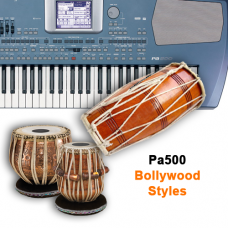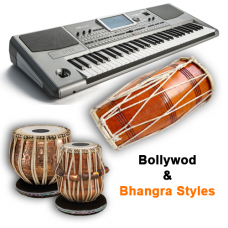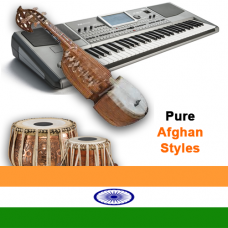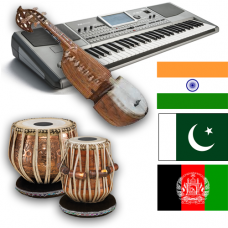korg keyboard indian styles
Refine Search
Afghan music history
Afghan Music is an integral part of the country's social and cultural fabric that reflects the cultural richness and diversity of Afghanistan. Music in this region is a vibrant and diverse art that has been shaped by the country's long and complex history. You can feel its unique blend of Central Asian, Middle Eastern, and South Asian musical traditions and this is specialized characteristics of Afghan music, and it has over thousands of year’s rich history that dates back.
The ancient civilization of Gandhara kept moving into the origins of Afghan music that can be traced back, which was located in what is now modern-day Pakistan and Afghanistan. The music of Gandhara was heavily influenced by the music of ancient India which also keeps the taste of Indian Carnatic music as well, and was characterized by the use of various stringed instruments such as the sitar, sarod, and sarangi.
Furthermore, Afghan music also merged into Persian and Central Asian music, as well as the music of the Islamic world. Sufi tradition is also one of the key element of Afghan music, which emphasized the spiritual aspects of music and often incorporated devotional poetry into musical compositions.
Today, Afghan music is performed in a variety of styles and genres, ranging from classical and traditional to pop and rock. The traditional instruments have been digitalized and tones have become the part of virtual instruments. The Rubab is one of the most important instruments in Afghan music and is often used in classical and traditional compositions. The Dambura, is another popular folk music instrument in Afghan culture.
Despite the challenges faced by Afghan musicians and music lovers, the country's rich musical heritage continues to thrive, Afghan music serves as a powerful expression of the country's cultural identity and resilience, and is an important part of the country's ongoing process of rebuilding and renewal. Afghan music also combines some taste of Turkish and Qardish music. With its unique blend of musical traditions and its deep roots in Afghan culture, it remains an important and vital art form that continues to inspire and captivate audiences around the world.







